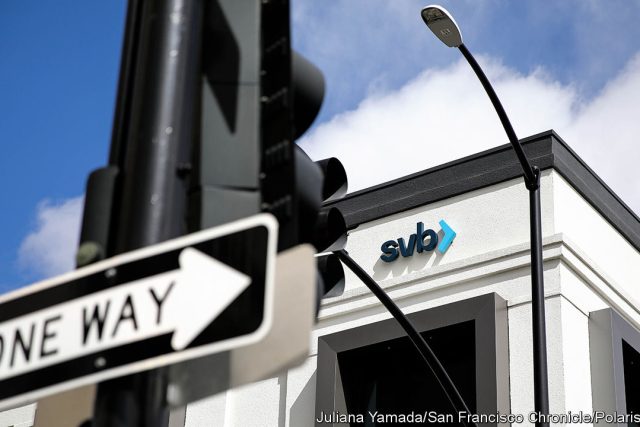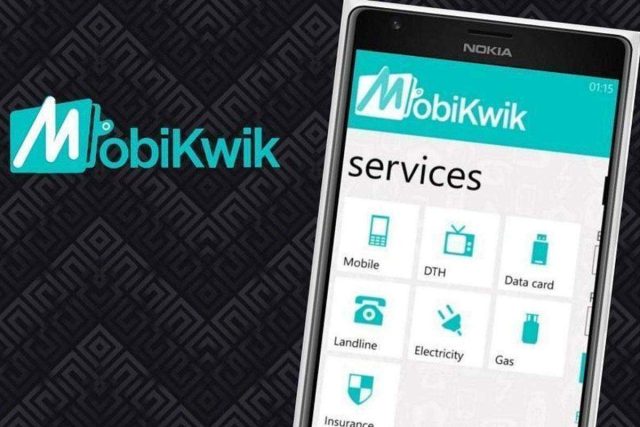WHEN ONE bank collapses, the panicked question is often “who’s next?” Other financial institutions can end up exposed because of connections to the collapsed institution, because they employ similar business models or simply because investor sentiment sours. Depositors face losses if their funds are too large to be covered by deposit-insurance schemes.
These were precisely the concerns provoked by the demise of Silicon Valley Bank (SVB), America’s 16th-biggest lender, after a failed attempt to raise capital and a run on its deposits on March 10th. Over the weekend rumours spread across social media about potential problems at a handful of other regional lenders. It was easy to imagine nervous corporate treasurers deciding to shift their deposits to the biggest banks, just in case. But on March 12th a joint response by America’s Treasury, the Federal Reserve and the Federal Deposit Insurance Corporation (FDIC) helped take concerns about depositors off the table, while revealing another banking casualty.
Their action had two prongs. The first was to fully repay depositors in SVB and Signature Bank, a New York-based lender with $110bn in assets which was shuttered by state authorities on Sunday. Signature was closed to protect consumers and the financial system “in light of market events” and after “collaborating closely with other state and federal regulators”, the authorities said. In neither case will taxpayers have to foot the bill. Equity holders and many bondholders in both banks will be wiped out; the FDIC’s deposit-insurance fund, into which all American banks pay, will bear any residual costs. Depositors in both banks will have full access to their money on Monday morning.
The second was to set up a new lending facility, called the bank term funding programme, at the Fed. This will allow banks to pledge Treasuries, mortgage-backed securities (MBSs) and other qualifying assets as collateral. Banks will be eligible for loans that are equal in value to the face value of the securities they pledge. The borrowing rate on that cash will be fixed at the “one-year overnight index swap”, a market interest rate, plus 0.1%. These are generous terms. Treasuries and MBSs often trade below their par value, especially when interest rates rise. The rate that is being offered to banks closely tracks that of the Fed funds; 0.1% is not much of a penalty for accessing the facility.
The actions taken by the Treasury and the Fed raise several questions. The first is whether anyone will buy SVB or Signature. Things necessarily moved at high speed over the weekend, says a senior Treasury official, because it was important to reassure depositors on Monday morning. For another bank to make a bid for SVB would require extensive due diligence, which is tough to complete over a single weekend. A deal for SVB or Signature could come in the coming days or weeks. (On March 13th HSBC, Europe’s biggest bank, said it would buy the British arm of SVB for £1, or $1.21.)
More importantly, people will also ask whether these actions are tantamount to a government bail-out. That is not straightforward to answer. Officials can fully repay depositors by wiping out bond- and equity-holders, and potentially by levying a fee on banks. That suggests that other banks, rather than taxpayers, might bear the cost of the misdeeds of SVB and Signature. Yet even as it also winds down two lenders, it is clear that the role of the state in backstopping the banking system has expanded, given the generous terms at which banks can exchange high-quality assets for cash.
The critical role of a central bank, wrote Walter Bagehot, a former editor of The Economist, in 1873, is to act as the lender of last resort for the banking system—and in doing so to lend freely, against good collateral, at a penalty rate. That allows a central bank to stabilise the financial system, preventing an illiquid lender from causing the demise of otherwise solvent institutions. The Fed already has a lending facility, called the discount window, in which banks can borrow against their collateral at fair value. The new programme not only protects banks against liquidity issues, it insulates them from interest-rate risk. That probably would have saved SVB, which had loaded up on that risk. But it may also encourage more of that recklessness in others. ■
Editor’s note: This piece has been updated to include HSBC’s purchase. We have also clarified the nature of the loans that banks are eligible to receive.



The Most Read
Сryptocurrencies
Bitcoin and Altcoins Trading Near Make-or-Break Levels
Financial crimes
Thieves targeted crypto execs and threatened their families in wide-ranging scheme
Financial crimes
Visa Warning: Hackers Ramp Up Card Stealing Attacks At Gas Stations
News
Capitalism is having an identity crisis – but it is still the best system
Uncategorized
The 73-year-old Vietnamese refugee is responsible for bringing Sriracha to American consumers
Uncategorized
Electric Truckmaker Rivian, Backed By Amazon, Ford, Raises Whopping $1.3 Billion